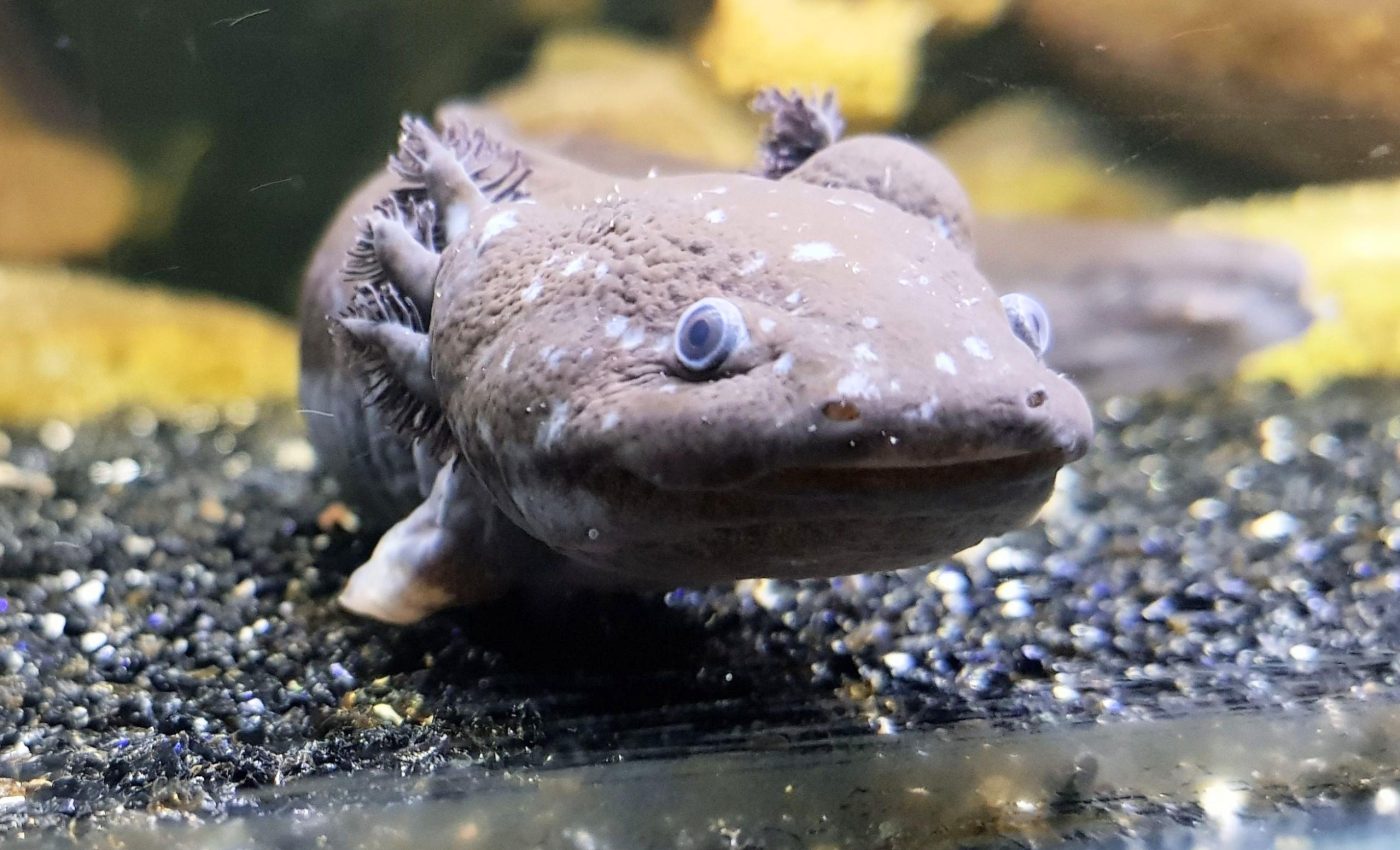
Fight or flight: How salamanders regrow body parts
For decades, scientists have wondered how salamanders pull off their most famous trick – regenerating entire limbs.
Chop off a leg, and it’ll grow it back. Lose a tail, and it returns in full. But the real surprise? Their whole body jumps into action – not just the wounded part.
A new study has cracked a major part of this mystery. It turns out that when a salamander gets injured, the response doesn’t just stay local. Instead, its nervous system flips a switch that gets stem cells all over the body ready to help.
The research doesn’t just explain how salamanders regrow parts of their body – it opens the door to the idea that humans might, one day, be capable of similar regeneration.
How salamanders regrow limbs
Until recently, most researchers thought limb regeneration was a local process. Get injured, send cells to that spot, and rebuild. But salamanders don’t play by those rules. Their body reacts as a whole.
In this study, researchers worked with axolotls – a species of salamander known for its superpowered regeneration abilities.
When an axolotl loses a limb, it grows a blastema at the wound site. This is a blob of cells that starts to shape itself into a brand-new limb.
The body’s fight or flight system
But years ago, researchers noticed something strange: even limbs and organs that weren’t hurt started showing changes in their cells. That led to a bigger question – why? This question took six years and nearly 40 researchers to answer.
The team found that the entire process is controlled by the sympathetic nervous system – the same network that gears up the body during stress by raising heart rate and breathing. This is commonly known as the fight-or-flight response.
Stress hormones with a new role
The study revealed that hormones like adrenaline, which usually kick in when you’re scared or hurt, also activate stem cells across the body – not just at the injury site. This primes uninjured limbs to regrow if they’re damaged next.
“We’ve shown the importance of the adrenaline stress signaling hormone in getting cells ready for regeneration,” said Duygu Payzin-Dogru, lead author of the study.
“Because adrenaline exists in humans, this tells us we can co-opt some of the things we found in the axolotl to perhaps improve regenerative outcomes in humans. We have some of the same components and just have to figure out the right way to implement them.”
Nature’s original blueprint?
Salamanders aren’t the only animals with the wild ability to regrow limbs. Some flatworms can rebuild an entire body from a tiny slice.
But when it comes to vertebrates – animals with backbones – salamanders are the only ones that can regrow limbs in their entirety.
Scientists think that, millions of years ago, our ancient ancestors may have had this ability, too. Somewhere along the evolutionary line, most species lost it. But salamanders kept it. That’s why they’re such valuable study subjects today.
Jessica Whited, who led the research team, has spent years studying axolotls at Harvard. In 2018, her lab first found signs that the whole body reacts to injury, not just the wounded part. This latest work explains how.
According to Whited, the results of the study shift the way we should think about limb regeneration.
“I think it’s paradigm-shifting. I think it’s going to inspire a lot of future work to try to figure out not just how this works in an axolotl but also how it works in other systems.”
DNA shifts to help regrow limbs
Once the stress response kicks in, the body triggers two separate pathways. One, called alpha-adrenergic signaling, activates distant cells and gets them ready for potential injuries.
The other, beta-adrenergic signaling, focuses on the injury site itself, helping cells regrow the lost limb. Inside these cells, DNA starts to shift. Genes that were harder to access before are now easier to turn on.
“The animal seems to form a short-term memory of the injury, bodywide,” said Payzin-Dogru. “There is something that senses the injury and kind of goes into ‘getting ready’ mode for a subsequent injury so it can respond faster.”
But the effect doesn’t last long. The study showed that after a few cell cycles – basically, after a few rounds of cell division – the body-wide alert fades.
After about four weeks, the limb regeneration returns to its usual pace. The energy cost of staying on high alert is likely too much for the body to maintain long-term.
Limb regrowth isn’t just about nerves
The team also confirmed that it’s the sympathetic nerves – those involved in automatic responses like heartbeat and blood pressure – that drive regeneration.
For years, scientists believed only motor or sensory nerves played a role. This new study challenges that thinking.
The sympathetic system also activates the mTOR pathway, a critical route for cell growth and division. This means stress signals don’t just alert the body – they kick off a cascade of events that drive limb regrowth at every level.
What this means for humans
We’re not about to grow back a lost finger, let alone a leg. But this research hints that we might have some of the tools – especially the hormones and signaling pathways – that salamanders use.
If scientists can figure out how to activate these same pathways in humans, it could lead to major breakthroughs in medicine.
While humans may not gain the ability to regrow full limbs, the research may inform new strategies for healing injuries or repairing damaged organs.
The full study was published in the journal Cell.
—–
Like what you read? Subscribe to our newsletter for engaging articles, exclusive content, and the latest updates.
Check us out on EarthSnap, a free app brought to you by Eric Ralls and Earth.com.
—–













